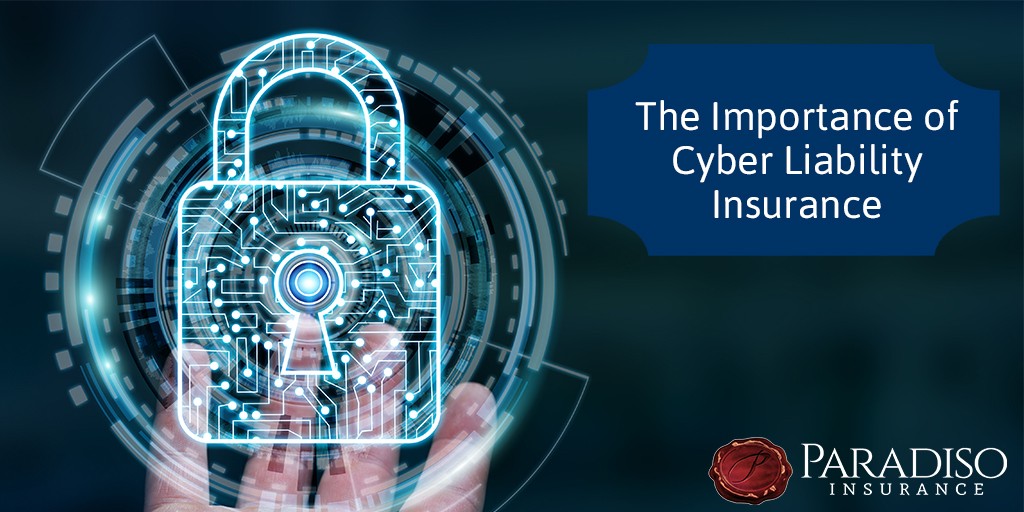In today’s hyperconnected world, cybersecurity has become a boardroom concern, not just an IT issue. As businesses of all sizes rely on digital networks, cloud services, and third‑party applications, they also expose themselves to cyber threats that can wreak havoc on their operations, reputation, and bottom line. Cyber liability insurance has emerged as a vital component of a comprehensive risk‑management strategy, offering protection against the financial fallout that follows data breaches, ransomware attacks, and other digital mishaps. By understanding the value of this coverage, business leaders can make informed decisions that safeguard their organizations and preserve client trust.
At its core, cyber liability insurance addresses the costs associated with a data breach or security incident. When customer records, proprietary data, or financial information are compromised, companies face immediate expenses—investigations to determine the extent of the breach, legal notifications to affected parties, and regulatory fines where data‑protection laws apply. These costs can escalate rapidly. Consider a mid‑sized healthcare provider whose network is infiltrated by malware. Beyond the technical work of removing malicious code and restoring backups, the provider must notify thousands of patients under privacy regulations like HIPAA. Legal fees, call‑center support, and identity‑theft protection services for those individuals all add to the tab. Cyber liability insurance steps in to cover these expenses, ensuring that the organization can respond swiftly without depleting its operating reserves.
Even more disruptive than the direct costs of a breach can be the secondary impacts on customer confidence and market reputation. A retail chain that suffers a point‑of‑sale data breach may see customers abandon loyalty programs or avoid using credit cards at its locations. Restoring faith through public relations campaigns and discounted offers becomes another line item in an already strained budget. The presence of cyber insurance, however, often comes with access to specialized crisis‑management and PR firms. These experts guide companies in crafting transparent communications, handling media inquiries, and rebuilding their brand image. In this way, cyber liability coverage functions not only as financial protection but as a strategic partner in crisis resolution.
Ransomware exemplifies another modern threat where cyber liability insurance proves its worth. Imagine a law firm’s systems suddenly locked behind encrypted files, with attackers demanding payment in cryptocurrency. While paying the ransom may seem expedient, it does not guarantee decryption or the absence of further extortion attempts. A robust cyber insurance policy typically covers both the ransom payment and the associated negotiation and remediation costs. More importantly, insurers often maintain relationships with cyber‑incident response teams that specialize in safely recovering data, negotiating with perpetrators, and shoring up vulnerabilities to prevent recurrence. This coordinated approach allows businesses to confront ransomware without navigating the complex legal and technical landscape on their own.
Many organizations mistakenly assume that general liability or property‑insurance policies will cover cyber events. Yet traditional policies are designed for physical loss or bodily injury—they often exclude digital data and network liabilities. A bakery’s general liability policy would not pay for the forensic investigation after a hacker breaches its point‑of‑sale system. That gap leaves companies exposed to hefty unexpected bills. Cyber liability insurance fills this void by specifically defining coverage for data breaches, network‑security failures, and privacy‑related claims, making it an indispensable complement to other lines of insurance.
Another compelling rationale for cyber coverage is the evolving regulatory environment. Legislation such as the European Union’s General Data Protection Regulation (GDPR) and various U.S. state‑level privacy laws impose strict requirements on data handling and breach notification. Non‑compliance can lead to multi‑million‑dollar fines and class‑action lawsuits. For example, under GDPR, a company can face penalties of up to 4 percent of its global annual revenue for certain violations. Cyber liability insurance often includes coverage for regulatory fines and legal defense costs, allowing companies to navigate complex compliance landscapes with greater assurance.
Beyond reactive measures, cyber liability insurance encourages proactive security practices. Insurers assess an organization’s security posture before issuing a policy, evaluating factors like network architecture, employee training programs, and incident‑response plans. This underwriting process incentivizes businesses to adopt stronger controls—such as multi‑factor authentication, regular vulnerability scans, and robust data‑backup protocols—to secure more favorable premium rates. In essence, cyber insurance catalyzes a culture of continuous improvement in cybersecurity, aligning the interests of businesses, insurers, and stakeholders in reducing overall risk.
From a financial‑planning perspective, cyber incidents have become one of the largest emerging risks on corporate balance sheets. As boards and executives weigh investment decisions, the certainty provided by insurance coverage becomes a stabilizing factor. Companies with comprehensive cyber liability policies can face lenders, investors, and partners with greater confidence, demonstrating that they have anticipated digital threats and prepared adequate safeguards. This reassurance can translate into more favorable loan terms or investment valuations, underscoring how insurance can be both a shield and a catalyst for growth.
Ultimately, cyber liability insurance is not a substitute for solid cybersecurity hygiene; it is a vital complement. Firewalls, encryption, employee training, and incident‑response planning remain the frontline defenses against intrusions. Yet even the most robust systems can be breached. In accepting that risk, business leaders can see cyber insurance as an essential component of resilience—a means to ensure that when the unexpected occurs, the organization can absorb the shock, recover quickly, and continue serving clients without interruption. In a digital age where data is both an asset and a target, cyber liability coverage provides the peace of mind that comes from knowing you have a plan to navigate adversity and emerge stronger on the other side.





